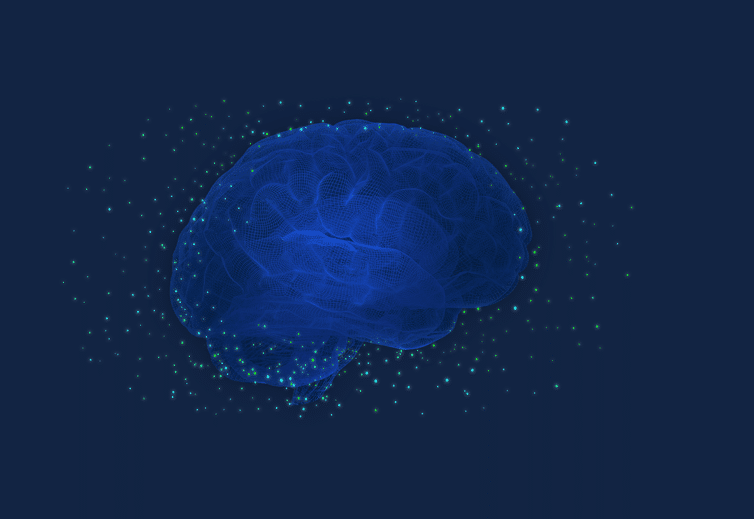Cisco pulls back the curtain on how it is defining the future of connectivity with technology designed to help teams learn, predict, and plan to avoid disruptions. Cisco Predictive Networks results from two years of work on a predictive analytics engine that will help IT teams prevent issues and elevate the user experience. After tuning and testing predictive models with customers across a broad spectrum of industries, Cisco takes that detail and incorporates advanced analytics and machine learning techniques to enable greater precision and ease of use.

Early customer trials demonstrate Cisco’s technology can predict issues with high accuracy, helping to drastically improve connected experiences. Cisco plans to deliver predictive technologies across its portfolio in integrated, easy-to-use SaaS offers, making Cisco predictive networks accessible to companies of all sizes. Cisco is bringing together new predictive technologies with its broad portfolio of observability, visibility, and intelligence technologies to improve overall reliability and performance across all operational scenarios.
How it Works
Cisco predictive networks work by gathering data from a myriad of telemetry sources. Once integrated, it learns the patterns using various models and begins to predict user experience issues, providing problem-solving options. Customers can decide how far and wide they want to connect the engine throughout the network, giving them flexible options to expand as they need.
The need for faster access to data, network growth, and disruptions impact an organization’s ability to succeed and maintain profitability. Unplanned downtime and outages interrupt productivity, customer service, and revenue. Beyond outages, users’ overall experience from network connections has become business-critical. Digital business needs rely on a predictive approach to network issues, proactively avoiding issues and ensuring the best possible experience. New predictive technologies could solve these issues, many of which are emphasized in this era of hybrid work. Predictive networks can predict events based on history using enormous amounts of historical data.
Using AI and ML Capabilities
The capabilities of AI and ML make it possible for Cisco’s predictive networks to learn by aggregating data across many services. The Predictive Network’s AI and ML technology creates high accuracy for an optimal experience, crucial for new network build-out. Because it was crafted with user experience in mind, it will provide solutions on alternative paths for data if it ever predicts an issue, entirely avoiding the problem.
Once integrated, it learns and begins to predict and provide concrete remediation options. And when teams find these alternate options as trusted, they can also become automated for the future. This technology never stops learning and will continue to provide users with the best experiences possible. Network and IT Administrators will be able to move beyond reactive troubleshooting, design, and deployment with this flexible approach.
As the future moves from reactive to predictive, Cisco will provide businesses with the advantage of reducing administrative load and replacing managerial issues with the opportunity to innovate. The Predictive Network incorporates all aspects of Cisco’s portfolio, including applications, analytics, security, and of course, networking.




 Amazon
Amazon